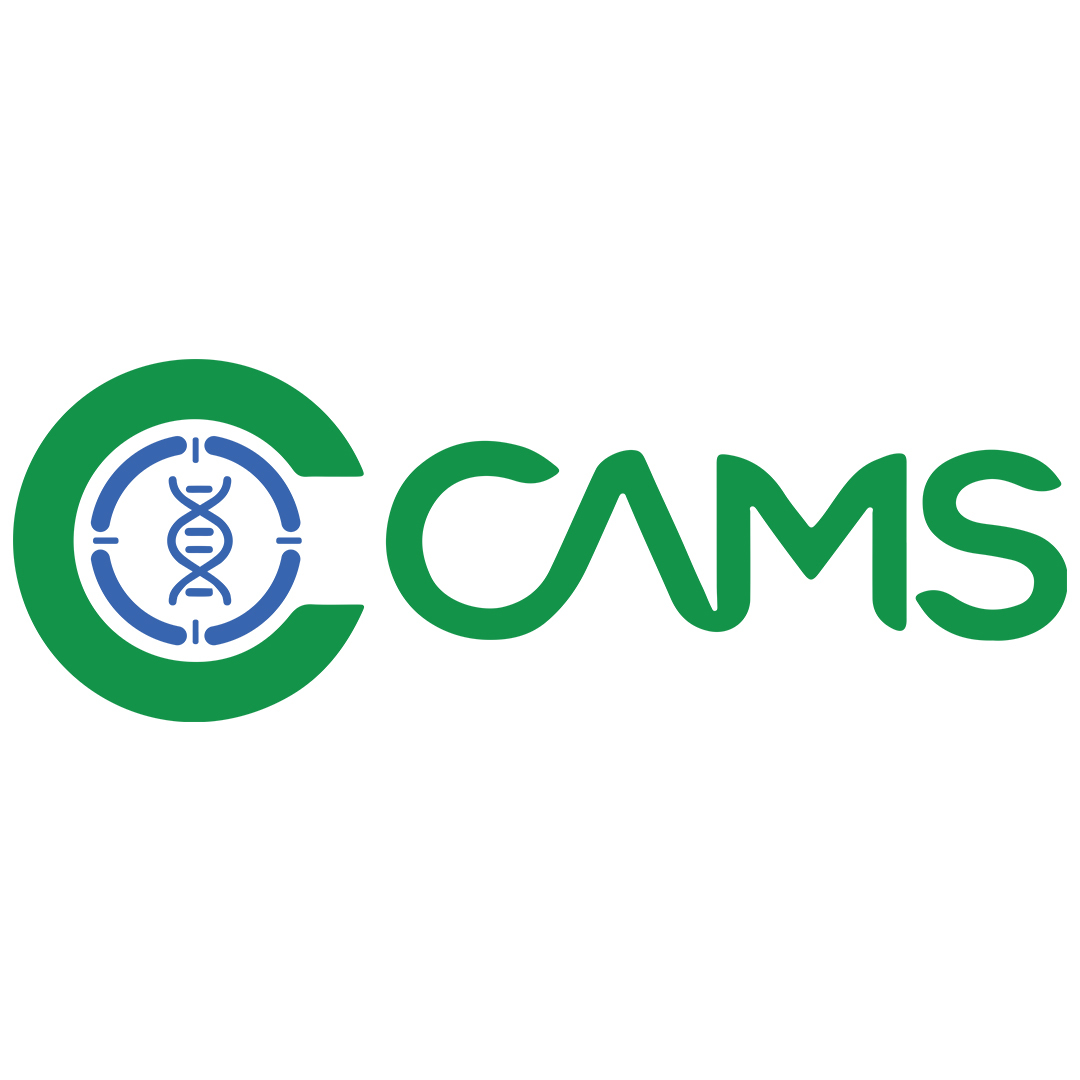As monsoon rains sweep across Nepal, the country is grappling with a dual threat: the rising incidence of dengue fever and the compounding impact of seasonal flooding. In the densely populated urban areas of Kathmandu and Lalitpur, the situation is particularly dire, with health authorities reporting a significant surge in dengue cases this season. The combination of persistent rains, flooding, and mosquito-borne diseases has created a perfect storm that demands urgent attention and action.
Dengue Fever: An Overview
Dengue fever is a viral illness transmitted by the Aedes aegypti and Aedes albopictus mosquitoes. The disease manifests with symptoms such as high fever, severe headaches, pain behind the eyes, joint and muscle pain, and rashes. In severe cases, dengue can lead to dengue hemorrhagic fever or dengue shock syndrome, both of which can be fatal if not treated promptly.
The Impact of Flooding on Dengue Spread
This year’s monsoon season has been particularly severe, with widespread flooding reported across Nepal, including in the Kathmandu Valley. Flooding exacerbates the spread of dengue by creating numerous stagnant water pools, which serve as ideal breeding grounds for the Aedes mosquitoes. Areas affected by flooding are more likely to experience an uptick in dengue cases due to the increased mosquito population.
In Kathmandu and Lalitpur, floodwaters have inundated residential areas, streets, and construction sites, leaving behind standing water that provides a fertile environment for mosquito breeding. The resulting surge in dengue cases has placed a significant strain on local healthcare facilities, with many hospitals and clinics reporting a sharp increase in dengue patients.
Dengue Statistics for Nepal: 2024 Season
As of August 2024, the Ministry of Health and Population has recorded over 10,000 confirmed cases of dengue nationwide, with more than 3,000 cases reported in the Kathmandu Valley alone. This represents a significant increase compared to previous years, with the majority of cases concentrated in urban areas like Kathmandu and Lalitpur. The rise in cases has been attributed to the extended monsoon season, the flooding that followed, and the limited public awareness about dengue prevention.
The mortality rate for dengue has also seen a slight increase, with several deaths reported in the worst-hit regions. The situation has prompted health authorities to issue warnings and mobilize resources to combat the spread of the disease.
CAMS Clinic: Combating Dengue with Expert Care
In response to the growing dengue crisis, CAMS Clinic has emerged as a key player in providing specialized care for those affected. The clinic is home to a team of American Board-Certified Infectious Disease specialists, including Prof. Dr. Janak Koirala and Dr. Prabhat Adhikari, who are at the forefront of treating and managing dengue cases in Nepal.
Dr. Prabhat Adhikari, a leading expert at CAMS Clinic, emphasizes the critical role of early detection and treatment in managing dengue. He notes, “Flooding has significantly worsened the dengue situation this year. It’s vital for individuals living in flood-affected areas to be especially vigilant for symptoms of dengue and seek medical attention immediately if they experience high fever, severe headache, or joint pain.”
Preventing Dengue: Expert Advice from Dr. Prabhat Adhikari
Given the increased risk of dengue due to flooding, Dr. Prabhat Adhikari offers several key tips to help reduce the risk of infection:
Remove Standing Water: “Flooded areas are prime breeding grounds for mosquitoes. It’s essential to eliminate standing water around your home, including in containers, flowerpots, and clogged drains.”
Use Mosquito Repellents and Nets: “Apply mosquito repellent regularly, especially during the early morning and late afternoon when mosquitoes are most active. Also, consider using mosquito nets while sleeping to prevent bites.”
Wear Protective Clothing: “Cover exposed skin by wearing long-sleeved shirts and pants, particularly when outdoors, to reduce the risk of mosquito bites.
Community Action: “It’s important for communities to work together in cleaning up their neighborhoods and reducing potential mosquito breeding sites. Public health measures, combined with individual efforts, can significantly reduce the spread of dengue.”
Conclusion
The dengue outbreak in Kathmandu and Lalitpur this season has been exacerbated by the monsoon floods, posing a serious public health challenge. With over 10,000 confirmed cases nationwide and the situation worsening in urban areas, it is crucial for individuals and communities to take proactive steps to prevent the spread of dengue.
CAMS Clinic, with its team of infectious disease experts, is dedicated to providing the highest standard of care for dengue patients. By following expert advice and taking preventive measures, we can collectively reduce the impact of this deadly disease.
For more information or to schedule a consultation with our infectious disease specialists, visit CAMS Clinic or contact us today.

